Many systems in physics allow for the sudden and surprising appearance of sine waves. When you were young, for example, you've seen ripples in steady water, the motion of a swing after you pushed and let it go, and you've tried bending a stiff ruler and then releasing it. These things, although different, share a common property: they wiggle, or swing, or... vibrate or.. more generally, they go back and forth. Years pass by, then you found yourself in an engineering class, where you study what's really going on with these wiggling stuff you've been observing, only to find out that they wiggle in the same manner! And that is, surprise, surprise, the sine wave. It is the quintessential wave, because its existence in nature is of great significance. Who knows, what if ripples in steady water were square waves, what if the swing's motion takes the form of a square wave, and etc. etc., then the square wave would be the quintessential waveform, it just happens that this isn't true and the sine wave manifests itself in the universe so much.
What's really intriguing is that the sine wave originates from triangles and circles. Now, without knowledge of mathematics, it's really hard to connect the dots from there to manifestations of the sine wave in water, swings, rulers, etc., but the point is that the derivative of a sine wave, is a sine wave, and that is found through the geometry of the circle and the right triangle. And physical systems can be modeled through differential equations, which gives rise to the certainty that sine waves exist in these systems (also don't forget exponentials; their existence in nature is of great significance too; they have a strangely deep connection with sine waves, which is ultimately revealed in Euler's formula).
Another thing about the sine wave is that they can "pass through" some systems quite nicely. Have a sinusoidal input to an LTI system (such as a system built purely of ideal resistors, capacitors, and inductors) and you will get a sinusoidal output (specifically one that preserves the frequency of the input). In other words, the sinusoidal waveform is the only unique waveform that doesn't change its shape through an LTI system. Take a look at this lecture.
And the sad thing about sine waves is, they technically don't exist. Sine waves you get out of nature have some deformations, distortions, noise, and ideal passive components too, don't exist. The best these can get is just close approximations of the sine wave. However if someone is so delicate to advance mathematics such that it takes account these imperfections, then measurements can get more and more precise (which could be limited to the atomic level due to quantum mechanics and all that mumbo jumbo).
 (source:
(source: 


